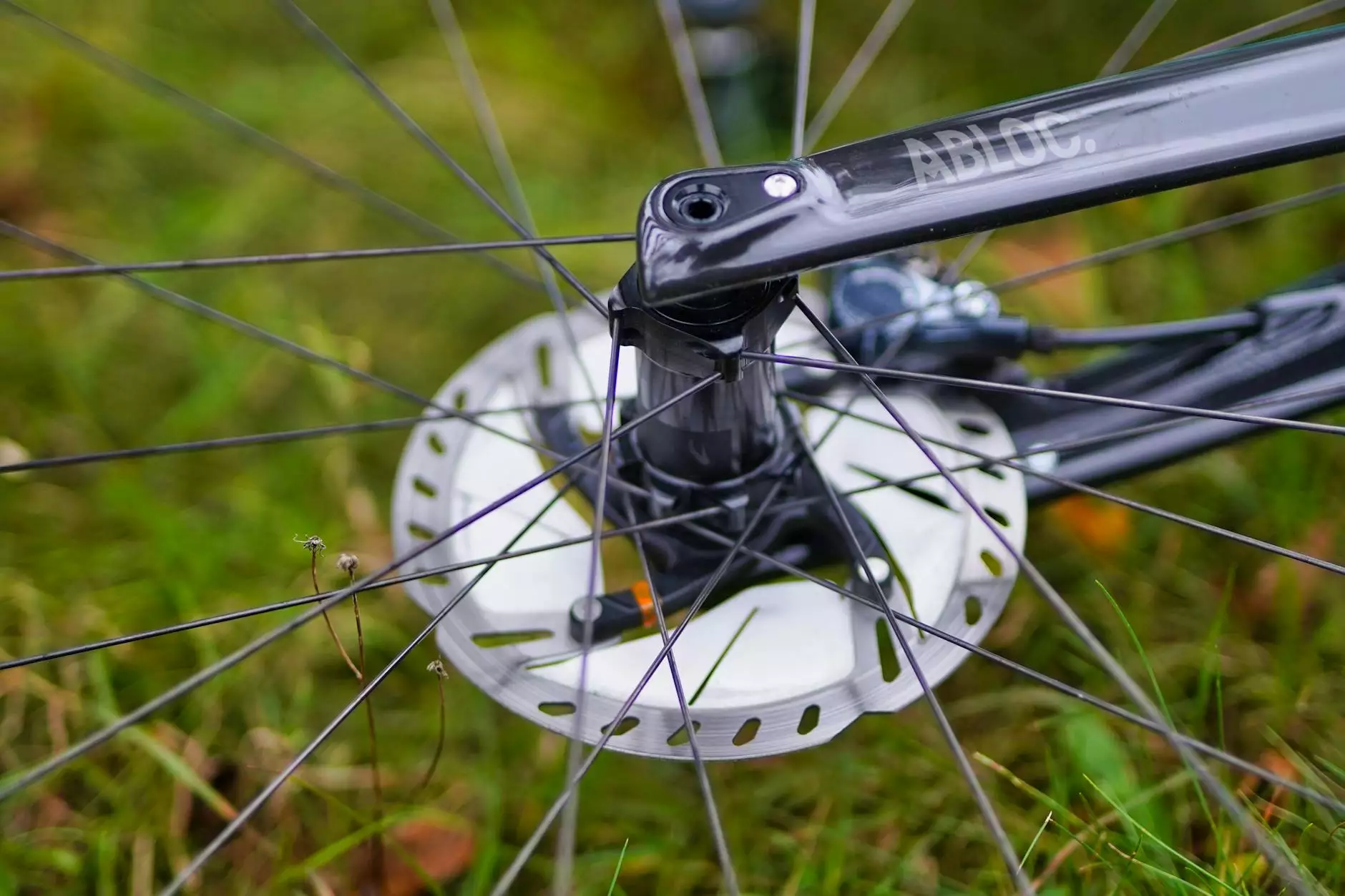The Ultimate Guide to Car Brake Components for Safe and Efficient Driving

When it comes to vehicle safety, few systems are as critical as the braking system. Understanding the various car brake components can significantly enhance your knowledge and appreciation of your vehicle's mechanics. This comprehensive article delves into the critical elements of car brake systems, providing insightful details and guidance to ensure your driving experience is both safe and efficient.
1. Understanding the Basics of Car Brake Systems
The braking system is one of the most vital components of any vehicle. It is responsible for slowing down or stopping the car by applying friction to the wheels. A basic understanding of how this system works can help vehicle owners maintain their cars better and recognize any potential issues before they become serious problems.
- Hydraulic Brakes: Most modern cars utilize hydraulic brakes, which use fluid to transfer the force of your foot on the pedal to the brake pads.
- Disc Brakes: These consist of a rotor and caliper. When the brake pedal is pressed, the caliper squeezes the brake pads against the rotor, creating the friction needed to stop the vehicle.
- Drum Brakes: These work differently, using a set of shoes that push outward against a rotating drum to create friction.
2. Key Car Brake Components Explained
Let's dive into the main car brake components, understanding their roles and how they interact within the overall braking system. Each component plays a crucial part in ensuring that the vehicle stops effectively and safely.
2.1 Brake Pads
The brake pads are critical elements that press against the brake rotor. Made from a variety of materials, including organic, semi-metallic, and ceramic, they are designed to withstand high temperatures and friction. Here's a closer look:
- Organic Pads: Made from carbon and other materials, these pads are quieter but wear out faster.
- Semi-Metallic Pads: Incorporating metal fibers, these offer better heat conductivity and performance in extreme conditions.
- Ceramic Pads: Known for their longevity and quiet operation, these pads are an excellent choice for everyday driving.
2.2 Brake Rotors
The rotor is the component that the brake pads clamp down on to slow the vehicle. Rotors come in various designs, including vented and slotted, which can improve heat dissipation and performance.
Types of Rotors:
- Solid Rotors: Typically found on older vehicles; they are simple and effective.
- Vented Rotors: These have internal vanes that promote air circulation, reducing heat buildup.
- Slotted Rotors: The slots help expel dust and gas, improving performance under heavy braking.
2.3 Brake Calipers
The caliper houses the brake pads and is responsible for applying pressure to them against the rotor. Calipers can be one of two types:
- Floating Calipers: They move along a slide and can adjust to the wear of the brake pads.
- Fixed Calipers: These have pistons positioned on both sides of the rotor and offer more consistent braking.
2.4 Brake Lines and Hoses
Brake lines and hoses are responsible for transferring the hydraulic fluid from the master cylinder to the brake calipers. It's essential to ensure these components are in good condition, as any leak can lead to brake failure.
2.5 Master Cylinder
The master cylinder converts the force exerted on the brake pedal into hydraulic pressure. It is crucial for the proper functioning of the entire brake system.
3. Importance of Regular Maintenance
Maintaining the car brake components is essential for safety. Regular inspections can prevent costly repairs and ensure that your vehicle operates effectively. Here are a few maintenance tips:
- Check brake fluid levels and top up as needed.
- Inspect brake pads for wear and replace them when they are thin.
- Look for signs of rotor warping or scoring.
- Monitor for any unusual noises, such as squeaking or grinding.
4. Upgrading Your Brake Components
If you're looking to enhance your vehicle's braking performance, upgrading your car brake components may be an excellent option. Here are several components that you might consider upgrading:
4.1 High-Performance Brake Pads
Switching to high-performance brake pads can improve stopping distance and reduce brake fade during intense driving conditions. Look for pads specifically designed for performance driving.
4.2 Performance Rotors
Upgrading to slotted or drilled rotors can enhance cooling and improve braking performance. These designs allow for better heat dissipation, which is vital during aggressive driving or racing.
4.3 Upgraded Brake Lines
Consider investing in stainless steel brake lines. They provide a firmer brake pedal feel and don’t expand with heat, leading to more consistent braking performance.
5. Common Issues with Brake Components
Understanding common issues related to car brake components can help you identify problems early and address them before they lead to safety concerns. Here are some frequent problems:
- Squeaking Noises: This often indicates worn brake pads or contamination on the rotor.
- Spongy Brake Pedal: A sign of air in the brake lines or low brake fluid levels.
- Vibrating Brakes: This could signify warped rotors that need resurfacing or replacement.
- Brake Warning Light: A signal that maintenance is required, usually related to fluid levels or worn pads.
6. Safety Considerations
Above all, the purpose of car brake components is to ensure your safety on the road. Always prioritize regular inspections and address any concerning symptoms promptly. Taking your vehicle to a qualified mechanic can provide peace of mind and ensure that your braking system is functioning optimally.
7. Conclusion
Understanding car brake components is vital for every vehicle owner. From the brake pads to the master cylinder, each part plays a crucial role in vehicle safety and performance. Regular maintenance and the option to upgrade these components can not only enhance your driving experience but also ensure that you and your passengers are safe on the road. Visit imautoparts.com for high-quality auto parts and supplies.









